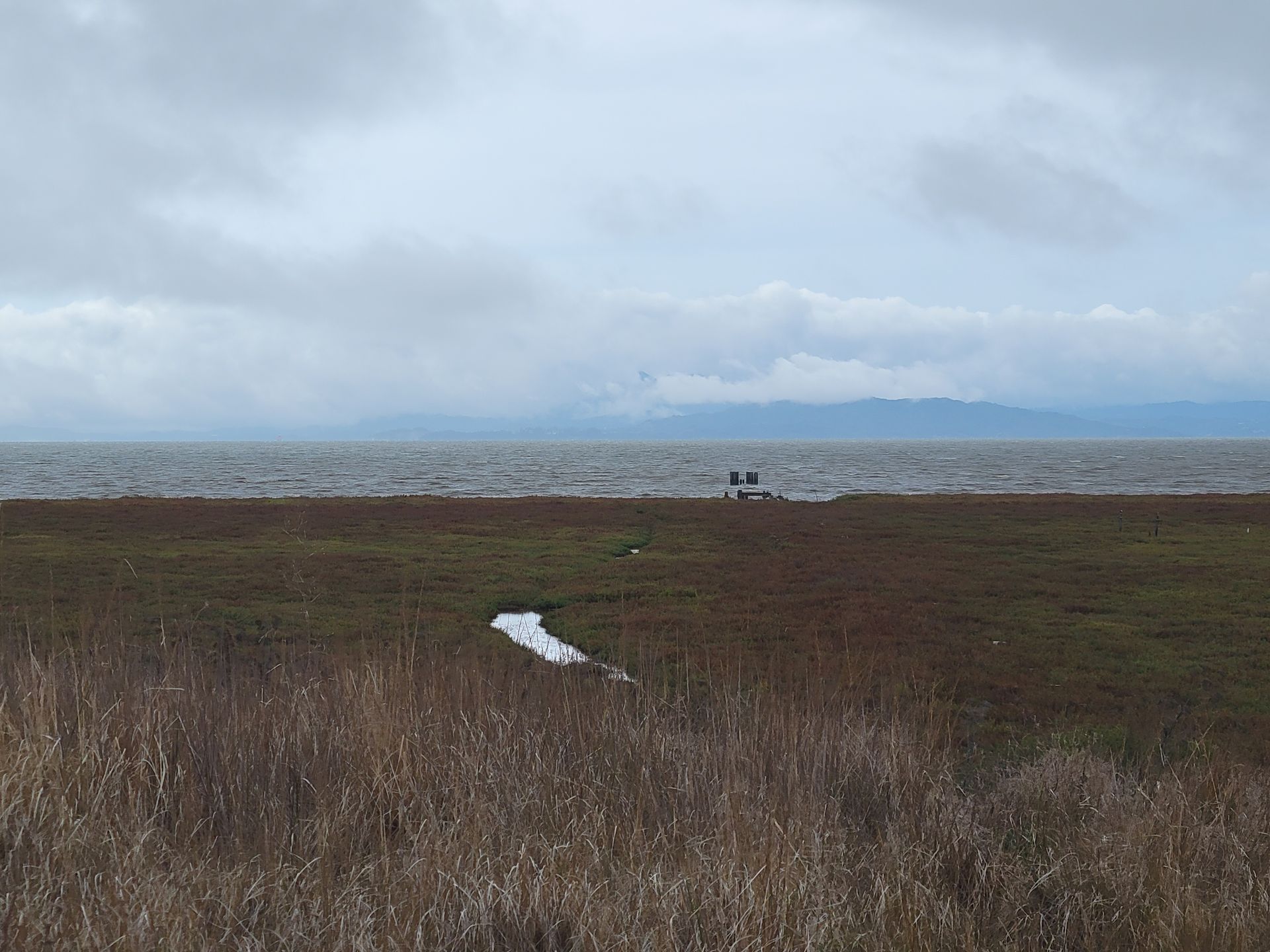Monumental Questions - What's the Deal with the Bald Eagle?

Since 1782, the Bald Eagle (Haliaeetus leucocephalus) has been the national bird of the United States.
Except, it wasn’t…until now.
It wasn’t the official national bird of the United States until December 24, 2024 when President Biden signed a law officially honoring the Bald Eagle as our national bird. For nearly 250 years, pretty much everyone recognized it as a symbol of America’s strength, courage, freedom and immortality but very few people realized that it had never been made official by an act of Congress.
Since 1782, the bird has appeared on the Great Seal of the United States. It is on our currency and used on official documents of nearly every United States federal agency. One Bald Eagle named “Old Abe” even went into battle during the Civil War. He was the constant target of enemy riflemen but survived 42 battles relatively unscathed. Why they brought him along I don’t understand at all but his record is impressive and somewhat comparable to the Bald Eagle’s life history since Europeans arrived here.
Native Americans lived peacefully with the apex predator for thousands of years. But, for over 200 years, newly arrived settlers accused the Bald Eagle of stealing livestock and even kidnapping babies which resulted in an all out eagle execution. By the late 19th century, Bald Eagle sightings had become uncommon where they were once plentiful. The National Emblem Act of 1940 declared protection from deliberate harm for the birds only to have dichlorodiphenyltrichloroethane (DDT) become widely available in 1945. As a result, again the raptor’s population took a drastic nose dive landing it on the United States Fish and Wildlife Endangered Species List. By the early 1960’s, less than 500 breeding pairs of Bald Eagles remained in the entire United States, less than 30 pairs were left in California. In 1972, the United States Environmental Protection Agency banned the use of DDT which, over time, has finally resulted in a conservation success story. It was removed from the Endangered Species List on June 28, 2007. Today there are over 500,000 breeding pairs in North America, a population equal to when the Bald Eagle was originally put on the Great Seal.
What does this have to do with the Berryessa Snow Mountain National Monument?
The Berryessa Snow Mountain National Monument hosts the second largest population of wintering Bald Eagles in California. The best time to see our population of wintering eagles is from December to March. While they are here, they can be found in many locations around the region including the Colusa and Sacramento National Wildlife Refuges, Cache Creek and Putah Creek, Capay Valley, Clear Lake and Lake Berryessa. It’s peak Bald Eagle viewing time and it just so happens that the San Francisco Chronicle recently named our favorite national monument one of the best places in California to visit in 2025 so head out to explore and don’t forget your binoculars!
-Kristie Ehrhardt (kehrhardt@tuleyome.org)
Tuleyome Land Conservation Program Manager
RECENT ARTICLES






